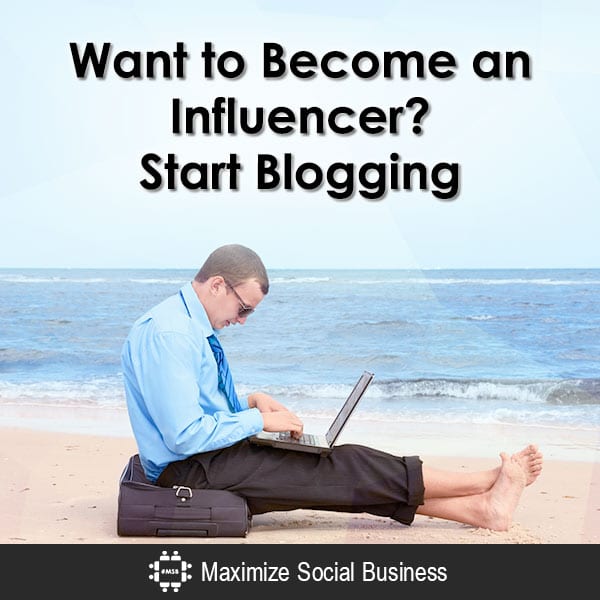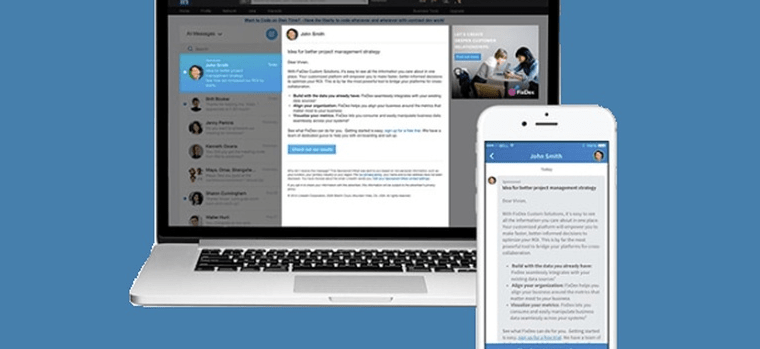Recently, my blog turned two and a half years old! That means that today, I’ve been blogging for 136 weeks and this is my 136th post. Over the years, people have asked me for my greatest advice for blog writing, whether that is how to grow a following and get noticed or how to go about writing for an atheist blog when you’re still in the atheist closet. Today, I want to share with you some of my answers to some commonly asked blogging questions.
1. How do I start a blog?
This is a fairly simple question with a straightforward answer. Ask anyone who has ever started a blog, and they will tell you that this is by far the easiest step in blogging. For me, it involved choosing a blog name (The Closet Atheist at the time) and clicking on the big, unmissable Get Started button on WordPress.com. WordPress (almost) literally holds your hand throughout the blog-building process, and there is nothing technical to it. Any WordPress blog can be free, by the way, if you don’t mind a URL ending in .wordpress.blog and a few ads on your site. My blog started off as theclosetatheist39.wordpress.com (does anyone remember this?) because theclosetatheist.wordpress.com was (and still is) reserved. But oh, how far we’ve come!
2. How do I start an anonymous blog as a closeted atheist?
The first thing of which I must warn you—which I had to learn the hard way—is not to expect it to stay hidden forever. I think I did a pretty good job of writing anonymously for that year and a half. My name or face were nowhere to be seen on the site, my Twitter, or anywhere related to them. You better believe The Closet Atheist was not only the name of my site, but my second identity. It was my email address and my Twitter handle, and there was not any way that anyone who didn’t know me could have ever found me on Instagram or Facebook through it.
But writing anonymously, continuously, is hard. You can’t write your life story without details of your life slipping in. Even when I was writing anonymously, you would have known that I was raised in the Lutheran Church, that my mom was an organist, my brother-in-law was a pastor, and I went to a Christian college where I played in a marching band. But I think that giving up that many details of my life were worth how much this blog saved my sanity. Even YouTubers make videos anonymously, but I think that puts you at a much higher risk of being found by people you know.
3. How do I keep my blog going?
I’ve seen more blogs than I can count with one post, or a handful of posts, which were then left and never touched again. Thinking of a cool name, a sleek design, and a catchy topic is simple until you realize that if you want your blog to succeed, you are going to have to keep writing. And writing. And writing. And writing. (Repeat, in my case, 136 times so far.)
Not to be harsh, or overly obvious, but you probably shouldn’t start a blog if you don’t have a pretty long list of post ideas. You don’t want a blog with a total of four or five posts, but you want to be able to write for as long as possible, and to do that, you need things to talk about. I think that generating topics is more difficult as a blogger than it would be for a podcast or for YouTube, because on those media, there are endless other videos to reply to, and endless people to invite onto your podcast to interview (wink, wink—like me!). But I find that it is nearly impossible to collaborate with others or review videos through blogging, so I stick with reviewing books and articles, and in the past I’ve responded to sermons, speeches, bible studies, and class lectures.
4. How will I ever come up with that much to talk about?
The best way to come up with post ideas is deciding the overall topic of your blog. It absolutely has to be something you are passionate about, and that you could talk about for literal years. And you should be able to put your own spin on it, own it, and write about it from your perspective. If you’re telling your story, it should be easy because no one else can or has told it before. For me, I combined my story of becoming an atheist, living as an atheist at a Christian college and in a Christian family, and coming out to the people in my life. On quiet weeks, I interspersed my life experiences with the aforementioned reviews and responses. Nowadays, with my atheist story being quiet and peaceful, I’ve started branching out from the topic of atheism and religion—to posts like this!
5. How do I grow my following?
Here’s my practical, tried-and-true advice: Engage. This is true for every content creator: YouTubers, Instagrammers, and traditional bloggers alike. Comment on, follow, and like other people’s blogs and blog posts. Follow them on social media and interact with them there. The audience will follow if you have built relationships with people. This also means that you can’t make it all about you. If you comment on anyone’s blog saying only “Nice post! Check out my blog at doucheymcdouche.wordpress.com,” they will probably delete it immediately, if it doesn’t get sent automatically to spam. If the post you are commenting on is something you’ve also written about, you should still summarize your thoughts in your comments before linking to your specific post and explaining why. But I find that it is always good enough to not self-advertise at all. Just be logged in, where your blog link will be in your username automatically.
But on a more authentic, less marketing-centered level, it is really all about what you are actually writing. I am a firm believer, when it comes to personal blogging (as opposed to marketing blogs or other paid content), in this unpopular opinion.
The writer comes first. The readers come second.
This probably goes against any blogging advice you have ever read. But for he or she who blogs unpaid, just to tell their story, it is vital. If you write what you want to write, you will have more fun, you will write better, and your readers will know that you love what you’re doing. This is how you keep them around, and this is how you keep your blog going before you decide that it’s “just too hard,” it’s “not fun anymore,” and “no one’s reading it anyway and I can’t figure out what they want!” Just keep going. At the very least, you will be enjoying it. Even among my own readership, I can tell you right now that no matter what, this blog’s biggest fan is me!
6. What’s your biggest advice for anyone who wants to get into blogging?
STICK TO A SCHEDULE!
I cannot stress this enough. At all. Is it absolutely crucial.
I follow a number of blogs, and I can’t tell you how much it drives me crazy when they do not keep a posting schedule, especially when they claim to! If you tell your audience you will upload every Tuesday at 11 a.m., you have to upload every Tuesday at 11 a.m. This is part of building trust. My readers knew that this post would be up today at 8 a.m., and I know that my views are always highest on Sunday mornings. I have never kept my readers wondering for longer than 12 hours where my last post was or when I would write next. There are many Saturdays when I don’t have time to write, and there are no Sundays (anymore) when I am up by 8 a.m. One of the greatest things about WordPress is the ability to write a post any time you want and schedule it to go up when you want it to.
When I was in a graphic design class in college, one of my projects was to make an instructional infographic. I chose a how-to on personal blogging. So if you want a more concise and design-centric list of blogging tips from me, you can look at this poster called “5 Traits of a Successful Personal Blog”.
























